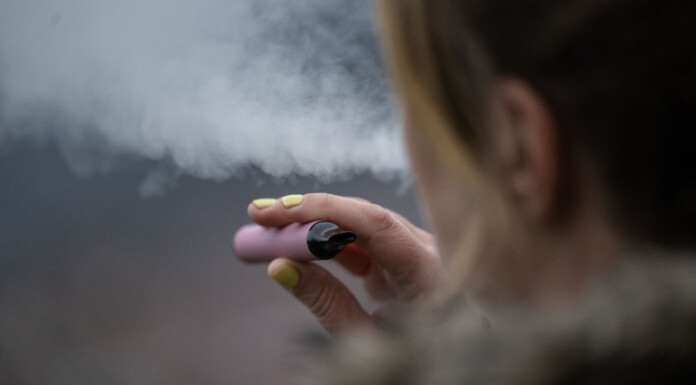Wairarapa councils are set to adopt a combined policy that designates town CBDs as smoke and vape-free – even though compliance with the policy is “voluntary” and is not enforced by the councils.
Previously, the councils had individual policies that did not include vaping.
Carterton District Council adopted the new policy last week, and Masterton and South Wairarapa councils are set to follow suit today.
The new policy designates Masterton’s Queen St and surrounding areas as smoke and vape-free, as well as Carterton’s High St between Victoria and Noble Sts, Greytown’s Main St between Jellicoe and Wood Sts, Featherston’s Fitzherbert St between Daniell and Wallace Sts, and Martinborough’s CBD area within the Union Jack street formation.
Council-owned or managed open spaces will also be designated smoke and vape-free, including parks, reserves, cemeteries, playgrounds, skateparks, sports areas, pools, public transport stops and shelters, seating in public areas, and public toilets.
The entrances of event centres, town halls, and libraries will also be smoke and vape-free, as well as council-owned car parks.
Carterton District Council added “outside educational facilities” to the list last week.
Prior to its adoption, the councils conducted a survey on the policy last year that attracted 140 responses from the community, businesses, and Wairarapa organisations.
The survey asked about general attitudes towards smoking and vaping, smoking and vaping in public spaces and events, and ways councils could encourage smoke and vape-free environments.
The combined council document states the policy follows “a non-regulatory approach aimed at behaviour change and promoting a positive smoke- and vape-free message through education”.
“Compliance with the policy is voluntary and is not enforced by the Wairarapa District Councils [other than signage and relevant contractual arrangements].”
The policy’s objectives are to: “contribute to improving the health of the community by reducing the prevalence of smoking and the impacts of second-hand smoke”; “foster a positive smoke- and vape-free message, with an emphasis on modelling positive behaviour for children and young people”, and “provide council leadership that advocates for a smoke- and vape-free region”.
The councils acknowledge that evidence on vaping as an effective quit-smoking tool is emerging, but do not promote vaping to young people or non-smokers.
“This policy emphasises modelling positive behaviour for children and young people and encourages people to refrain from vaping in smoke-free areas,” the combined document states.
The policy will be reviewed every three years and aligns with the direction of the Smokefree Aotearoa 2025 Action Plan.
Public Interest Journalism funded through NZ On Air



